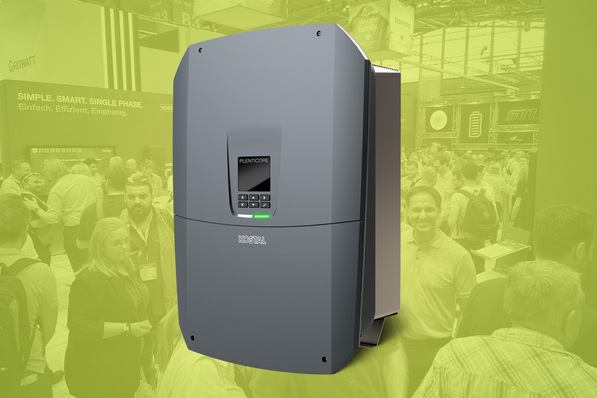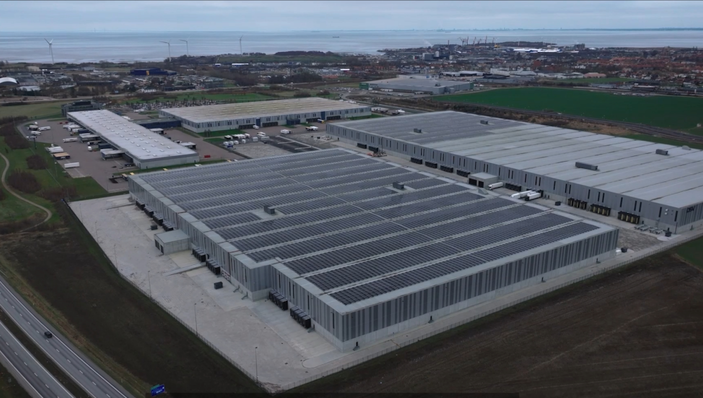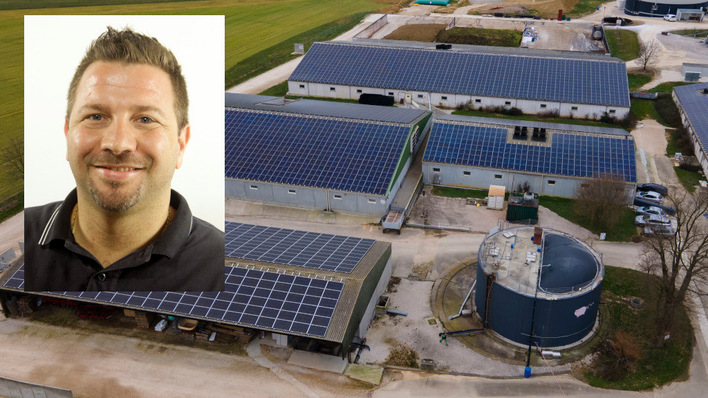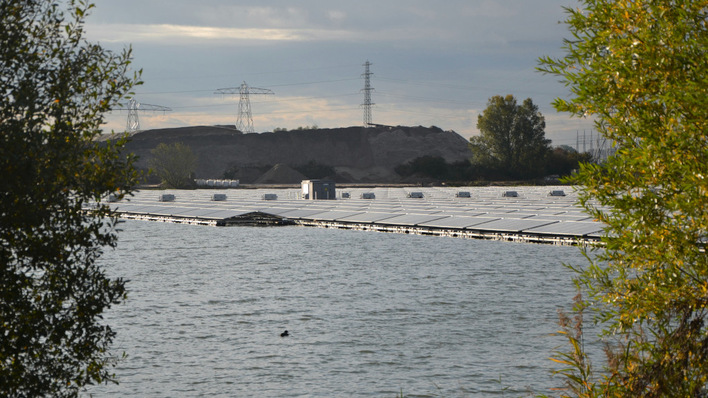The Fraunhofer Institute for Solar Energy Systems ISE has developed a modular test stand on which solar inverters with integrated arc detectors are tested. These warning systems integrated in the inverter increase the safety of solar installations because they automatically switch off the current in the event of arcing. This is because arcs lead to a current surge in the inverter or to a characteristic broadband noise.
Arc detectors in inverters make use of this characteristic. "National and international studies have shown that arcs occur very rarely in photovoltaic systems with a high installation quality. However, on a voluntary basis, manufacturers also offer arc detectors on the European market. Some building insurers have insisted on this for fire protection reasons," knows Felix Kulenkampff from Fraunhofer ISE.
Realistically simulating an arc
Together with representatives from industry, testing companies and science, he helped develop a new standard IES 63027 for arc detectors in the standardisation commission and the test stand at the Freiburg Institute. "A realistic test setup can significantly reduce the risk of undetected arcs and false tripping," says Kulenkampff. "In the test, it should be possible to ignite the arc as realistically as possible and under repeatable conditions."
See also: A new power optimiser that prevents arcing
For the test according to IEC standard 63027, an electronic DC source is used as a simulator for a photovoltaic system instead of real solar modules. The current flows from the simulator via a precisely separable contact point into the inverter. Two electrodes made of tungsten in the form of a ball joint serve as the contact point. These are pulled apart at a defined speed. This ignites a characteristic arc.
Switch off within 2.5 seconds
This makes it possible to measure the time it takes for the inverters to switch off under conditions that are always the same. This time is decisive for the proper functioning of the arc detector. The shorter an arc burns, the lower the energy input into the faulty contact point. In practice, this means that short switch-off times reliably prevent a fire from starting.
Therefore, the detector has passed if it switches off in less than 2.5 seconds at an energy between 200 and 750 joules. After that, the inverter may only switch on again automatically four times within 24 hours. If the detector then trips again, the inverter may only be switched back on manually. But in such a case, the solar generator should be checked beforehand to see what triggers the arc.
Testing different scenarios
At the new test stand, Fraunhofer ISE can test different test scenarios for string inverters with differently connected solar module strings thanks to a modular design. It is also possible to test module inverters and string collectors. The test stand is suitable for DC voltages at the inverter of up to 1,500 volts. It has three DC inputs for up to 16 amps and one DC input for up to 32 amps. (su/mfo)
Also interesting: New development of a solar heat collector for facades








